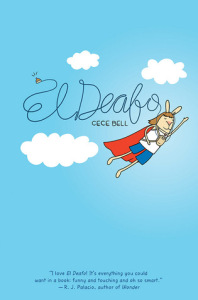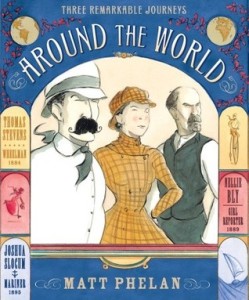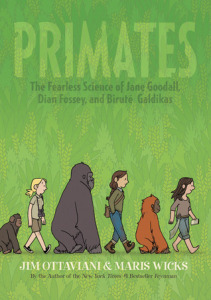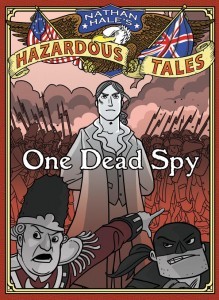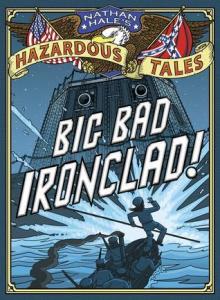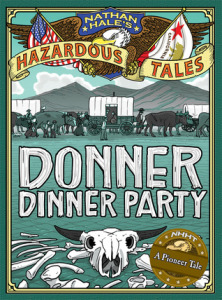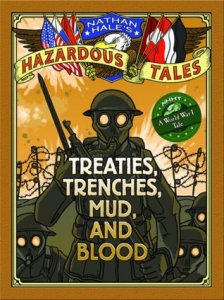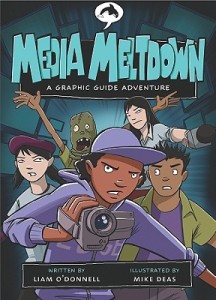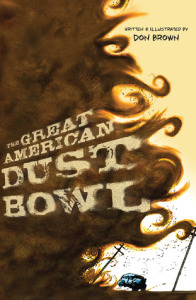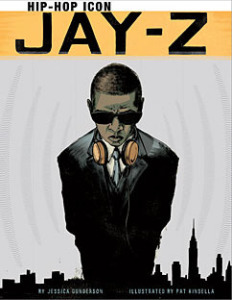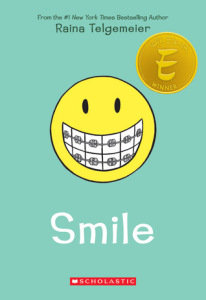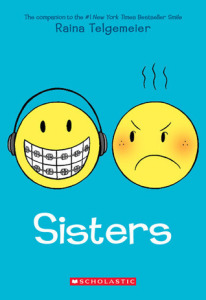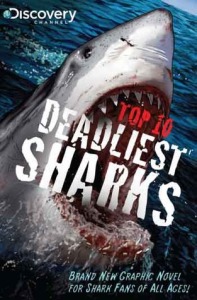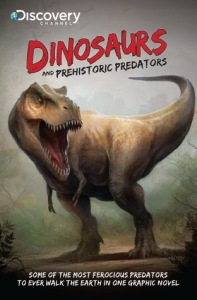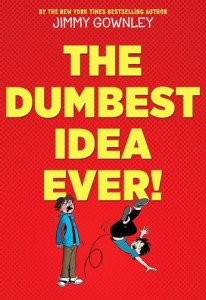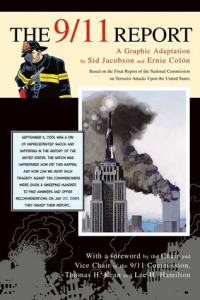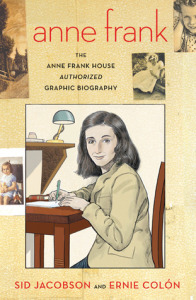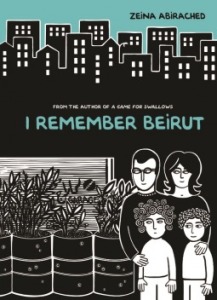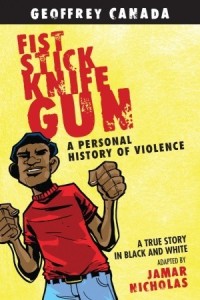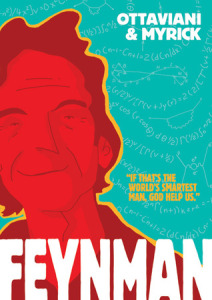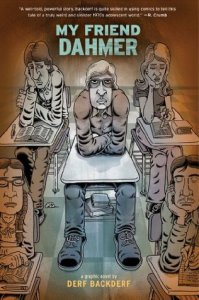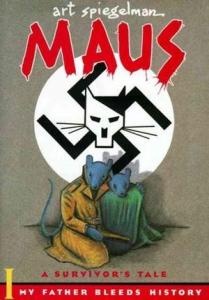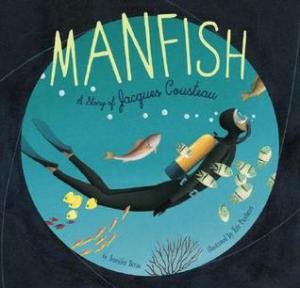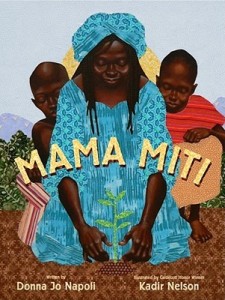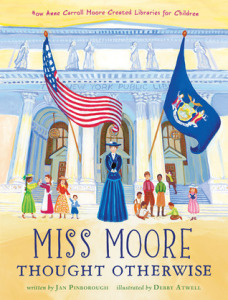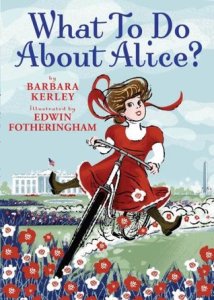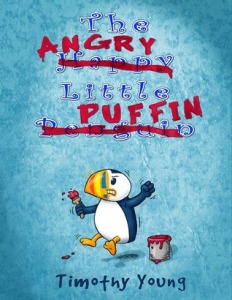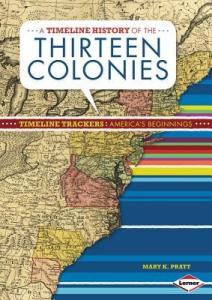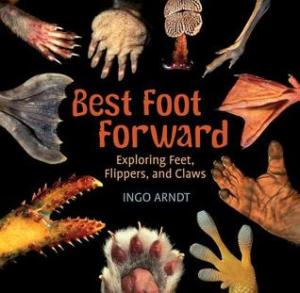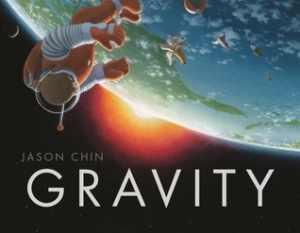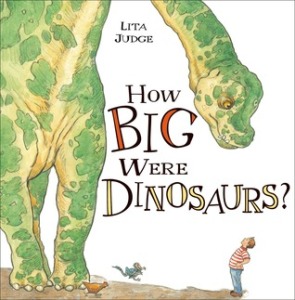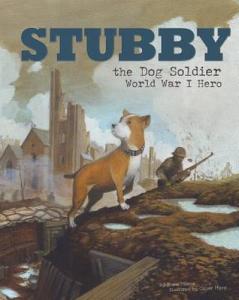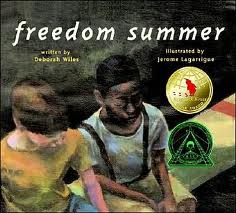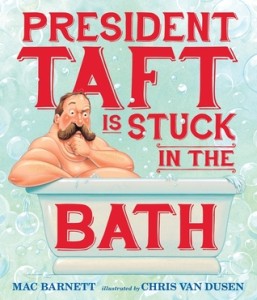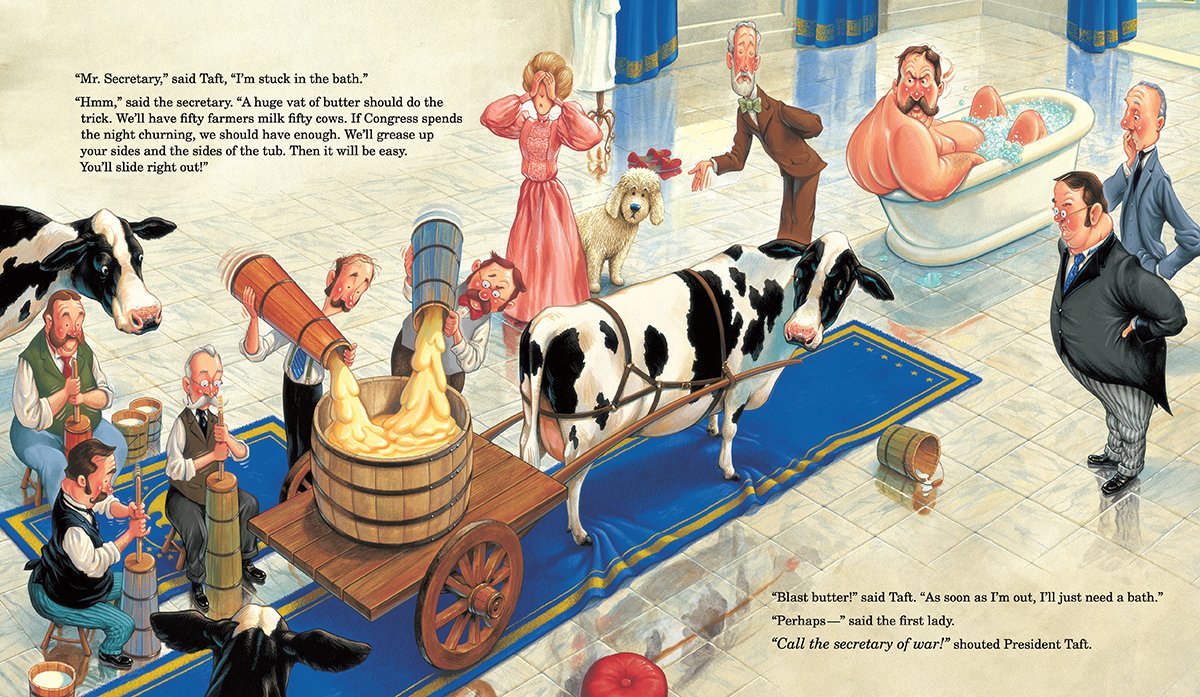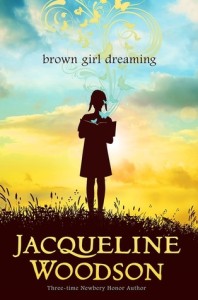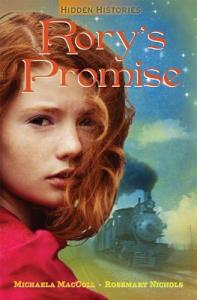
Rory’s Promise
Authors: Michaela MacColl and Rosemary Nichols
Published: September 1st, 2014 by Calkin Creek Books
Goodreads Summary: Twelve-year-old orphan Rory Fitzpatrick lives with her younger sister Violet at New York City’s Foundling Hospital in the early 1900s. But when Rory discovers that Violet will be sent to the Arizona Territory to be adopted, her world is shattered. Although too old to be adopted herself, Rory–brave and smart–is determined to stay with her sister, even if it means hiding out on a train traveling west. When Rory and Violet arrive in Arizona, everything that could go wrong does go wrong. Will Rory give up? This uplifting novel about the power of faith and the true meaning of family launches the Hidden Histories series, spotlighting little-known tales from America’s past, and the children behind those stories. Includes authors’ note and further resources.
Kellee’s Review: I love historical fiction because it introduces me to history in a way that will suck me into it and help me retain the information. Many historical fiction books also choose lesser known aspects of history to share. Rory’s Promise does all of the above. When I was done with the book, I immediately went and book talked it to my reading class though I found myself talking to them even more in depth about the history it shares (which then make them want to read the book even more). Rory’s Promise touches on orphans, mining, race relations, religion, kidnapping, building of the west, and The Foundling Hospital of NYC and does so in such a fascinating yet educational way. I learned so much from the book, and I immediately went and did more nonfiction reading when finished. AND it was a book I couldn’t put down!
Ricki’s Review: Like Kellee, learning about a lesser known subject in history was incredibly intriguing. This book reminded me of many of the historical fiction titles I read as a young girl—which were foundational for my growth as a reader. Beyond the fascinating subject matter, this text shows the powerful bond sisters share. Rory is utterly devoted to her sister, and will stop at nothing to protect her. When I read this book, I couldn’t help but think of the connection I have with my own sister, and I was compelled to call her and tell her how much I care for her. I imagine that this text will strengthen sibling bonds, and the love and loyalty these two sisters share is a great model for readers.
Teachers’ Tools for Navigation: Rory’s Promise could definitely be used for cross-curricular reading to help address content being taught in American History. It would be so interesting to research the different historical elements touched on in the book and connect it to Rory’s story.
Discussion Questions: Would you have done what Rory did? Why or why not?; Do you think the Foundling should have gotten the orphans back?; Would you have made the same choice Rory did at the end of the book?; Do you think Sister Anna was looking out for Rory or do you disagree with her decision to separate the sisters?
Book Trailer:
Authors’ Bios: Michaela MacColl attended Vassar College and Yale University earning degrees in multi-disciplinary history. Unfortunately, it took her 20 years before she realized she was learning how to write historical fiction. Her favorite stories are the ones she finds about the childhood experiences of famous people. She has written about a teenaged Queen Victoria (Prisoners in the Palace, Chronicle 2010) and Beryl Markham’s childhood (Promise the Night, Chronicle 2011). She is writing a literary mystery series for teens featuring so far a young Emily Dickinson in Nobody’s Secret (2013) and the Bronte sisters in Always Emily (2014). She has recently begun a new series with Boyd’s Mill/Highlights called Hidden Histories about odd events in America’s past. The first entry in the series is Rory’s Promise and will be published in September 2014. She frequently visits high schools and has taught at the Graduate Institute in Bethel, CT. She lives in Westport CT with her husband, two teenaged daughters and three extremely large cats.

Rosemary Nichols has loved history all her life, especially the history of ordinary people. She has two history degrees from the University of Washington and a law degree from the University of Chicago. This is her first book for children. She lives in upstate New York. rosemarygailnichols.com.
Author Q&A: We are very lucky to have been able to ask Michaela MacColl some questions about Rory’s Promise. We were super excited as we were so intrigued by the story and history.
Unleashing Readers: How did you first come across all the different histories you touched on in Rory’s Promise?
Michaela MacColl: My writing partner is one of those folks who reads all the scholarly topic non-fiction. You know when a smart professor spends years finding out about something and then writes a compelling book (with a zillion footnotes!). In this case, Rosemary suggested we take a look at “The Great Arizona Orphan Abduction” by Linda Gordon. Gordon wrote her book to talk about class and race in turn of the 19th c. America – using the orphan abduction as her example. So we considered her philosophical views – but what was incredibly useful for us was her detailed well-researched timeline of events.
UR: Rory is not based on a real person, so who/what inspired you when creating her?
MM: We needed a heroine kids could identify with. The target age was middle grade but most of the Foundling kids were under the age of 5. Not to say anything negative about 5 year olds – but how interesting can they be? So we thought about a girl who might have a strong interest in one of the kids. Aha, a sibling! But then she needed a plausible reason to still be at the orphanage. The answer to that was the basis of Rory’s character. She’s devoted to her sister and will do literally anything to stay close to her. This means making herself indispensable around the Foundling Hospital. She thinks she’s fooling the nuns – but they see right through her and love her for it.
The other half of Rory came from the history of the orphaned kids who were left behind in Clifton AZ. No one know what happened to them all, but there was a rumor that a Mexican family returned to town years later, with a red-haired daughter. There was also a discrepancy on the lists of children. One girl named Violet appears on the initial lists but not the later ones. Who was she? That’s where we started.
UR: Can you tell us about your writing process? How is it different when writing with two writers vs. by yourself.
MM: Rosemary is a whiz with American history. She’s read so widely that she was our fact checker and generally kept my imagination in realistic/historical check. She wrote a lot of the setting and descriptions. I have more experience writing for kids – so I did most of the plot and dialogue. But we both worked on the revisions.
UR: What was your favorite interesting piece of information you found when researching for Rory’s Promise?
MM: Oddly, it wasn’t the abduction in Arizona. I found myself fascinated by the very clever sisters at the Foundling Hospital. With few resources they built an organization that helped thousands of women and babies – not to mention creating what we know as the foster care system in America.
UR: Rory’s Promise is the first book in the Hidden Histories series. Can you tell us what is coming next?
MM: I can! We’re finishing it right now. Tentatively titled Freedom’s Price, it’s about Dred Scott’s daughter in 1849 St. Louis Mo. There’s slavecatchers, cholera and fire. I think it will really appeal to middle grade readers!
Thank you so much Michaela! Cannot wait for the next book in the series!
Read This If You Loved: Bud, Not Buddy by Christopher Paul Curtis, American Girls series, Dear America series, Orphan Train series by Joan Lowery Nixon, Nonfiction books about orphan trains or building of the West
Recommended For:

Make sure to stop by the other stops on the blog tour to learn more about Rory’s Promise:
Friday, 9/19 Kirby Larson blog (GUEST BLOG POST/GIVEAWAY)
www.kirbylarson.com
Mon 9/22 Middle Grade Mafioso (BOOK REVIEW/GIVEAWAY)
www.middlegrademafioso.blogspot.com/
Tue 9/23 Mother/Daughter Book Club (BOOK REVIEW/GIVEAWAY) |
www.motherdaughterbookclub.com
Wed 9/24 Middle Grade Minded (GUEST BLOG POST/GIVEAWAY)
www.middlegrademinded.blogspot.com
Thu 9/25 KidLit Frenzy (BOOK REVIEW/GIVEAWAY)
www.kidlitfrenzy.com
GIVEAWAY
a Rafflecopter giveaway
 and
and
**Thank you to Kerry at Boyds Mills Press and Highlights for Children for providing copies for review**

